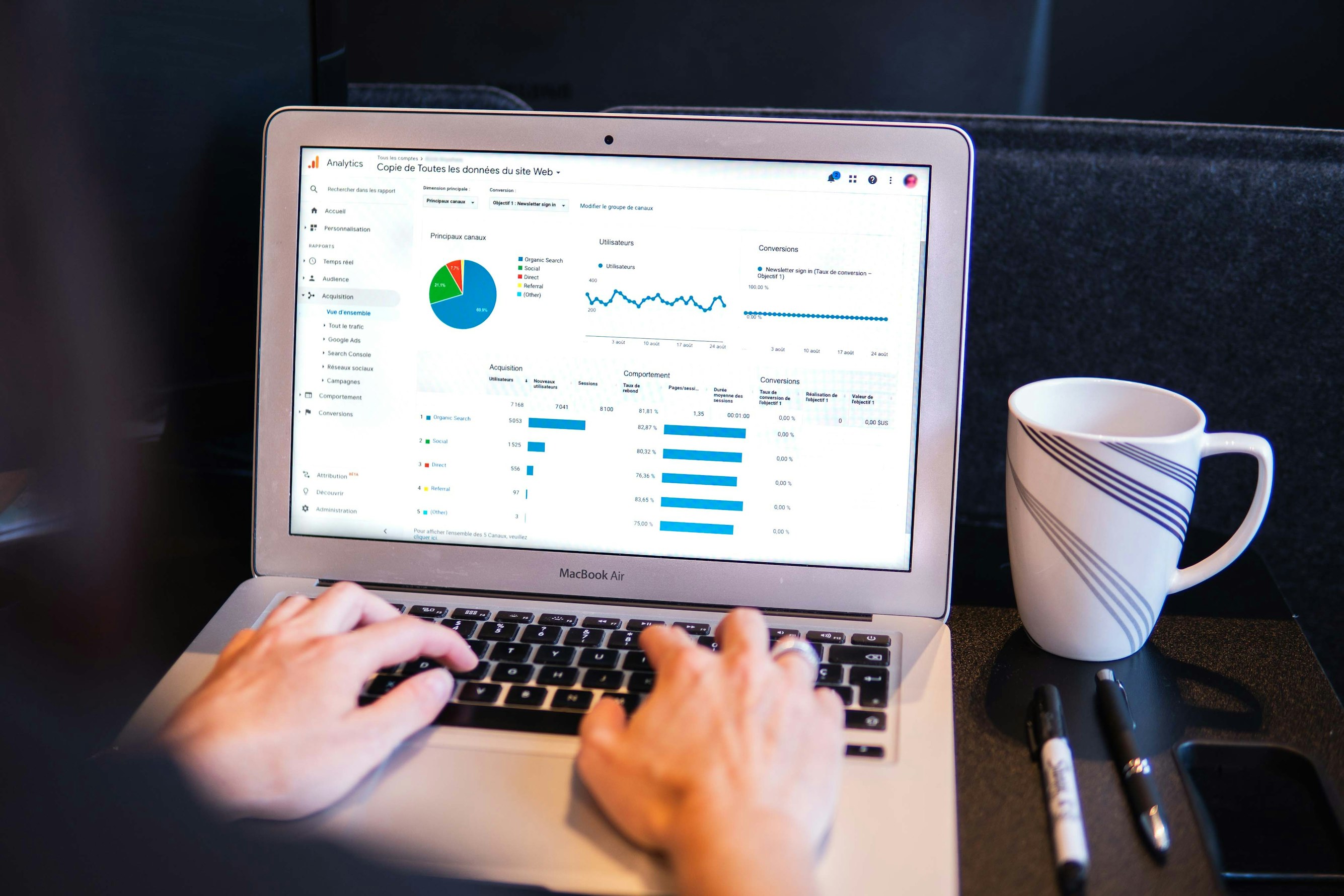GraphJSON vs Google Analytics

Choosing the right analytics tool for your application or website is crucial for understanding user behavior, improving the overall user experience, and making data-driven decisions. In this blog post, we will compare GraphJSON and Google Analytics, two popular analytics tools, to help you make an informed decision.
Introduction to GraphJSON
GraphJSON is an analytics tool created by an indie hacker named JR, offering a flexible and powerful solution for visualizing and analyzing your application data. It is built on top of Clickhouse, an incredibly fast and scalable columnar database. GraphJSON provides a variety of visualization options, support for custom SQL queries, and an easy-to-use interface.
Introduction to Google Analytics
Google Analytics is a widely used web analytics service offered by Google. It provides detailed insights into website traffic, user behavior, and conversions. With a large user base and a plethora of features, Google Analytics has become the go-to solution for many businesses and individuals looking to understand their website's performance.
GraphJSON vs Google Analytics: Key Differences
-
Data Storage and Flexibility GraphJSON stores your data as JSON in a Clickhouse table, making it highly flexible and adaptable to your data structure. You don't need to define schemas ahead of time, and it's easy to get started since almost every language has a JSON library.
Google Analytics, on the other hand, uses a predefined schema and data model for tracking website traffic and user behavior. It is well-suited for web analytics but might not be as flexible as GraphJSON when it comes to custom data structures or non-web-based applications.
-
Querying and Data Analysis GraphJSON allows you to write custom Clickhouse SQL queries, enabling you to perform complex data analysis and create advanced visualizations. This level of flexibility and expressiveness is not available in Google Analytics.
Google Analytics offers a wide range of built-in reports and data analysis tools, covering most common web analytics needs. However, it does not provide the same level of customization and expressiveness as GraphJSON when it comes to querying and visualizing data.
-
Visualization Options GraphJSON supports a plethora of visualization options, allowing you to create custom graphs and charts with just a few clicks. It also offers a visualization tab for SQL queries, enabling you to visualize your custom data analysis with ease.
Google Analytics also provides a variety of visualization options within its built-in reports. However, it does not offer the same level of customization as GraphJSON when it comes to visualizing custom data queries.
-
Integration and Compatibility GraphJSON can be integrated with various applications and services, as demonstrated by its use in projects such as Flurly, Cronitor, Meeting Room 365, and more. Its flexibility in handling custom data structures makes it suitable for various use cases.
Google Analytics is primarily focused on web analytics and is best suited for websites and web applications. It offers seamless integration with other Google services, such as Google Ads and Google Search Console, making it a powerful tool for online marketing and SEO.
-
Pricing and Support GraphJSON pricing details can be found on their website. The indie nature of the project may result in a more personalized support experience, with the option to directly contact the creator via Twitter.
Google Analytics offers a free tier with basic features, while the premium Google Analytics 360 comes with a higher price tag and additional features. Google's extensive documentation and support resources are available to help users navigate the platform
Conclusion
We think the choice is clear. If you want a dead simple way to start logging and analyzing JSON events, sign up here.
If you have any questions, feel free to DM me directly on twitter @TheBuilderJR